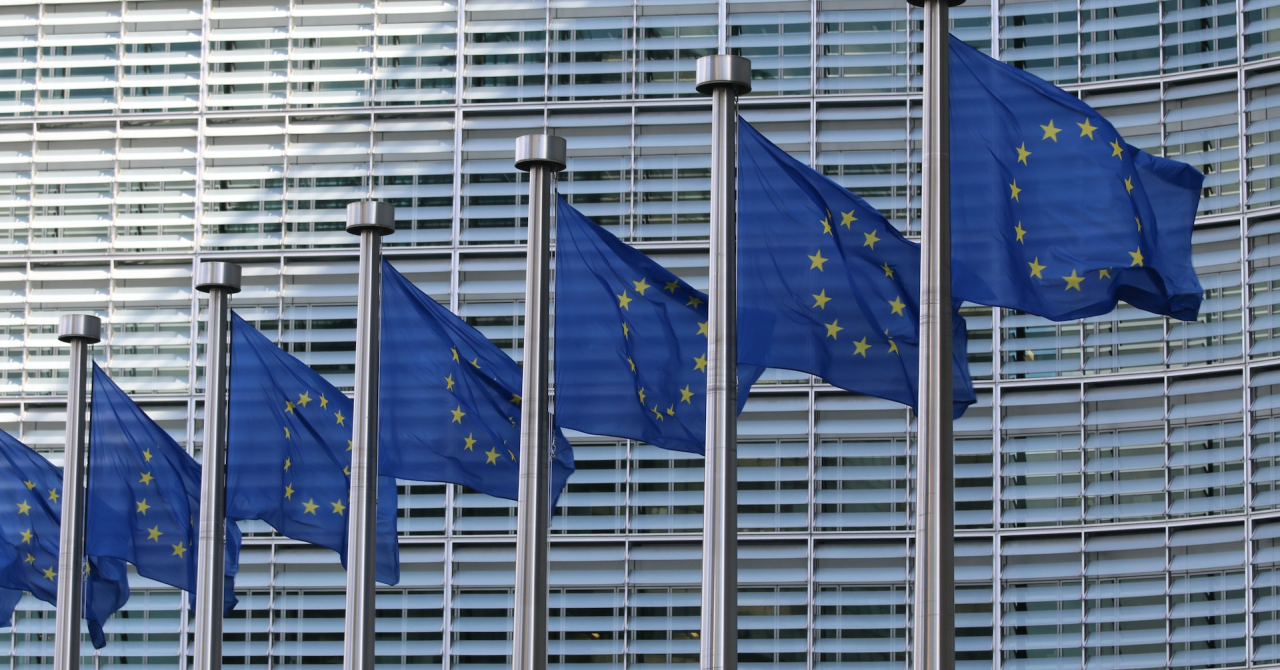PV Magazine writes that EU countries will have to install 100GW of solar and wind power every year to achieve this target and the heating and transport industries are among those that need expand the use of renewables the most.
As far as the transport sector is concerned, with the wider adoption of EVs on the bloc, renewable energy must now account for 29% of the total power supply, rather than the previous 14%. An important mention here is the fact that e-fuels made from nuclear power plants-derived power will not count towards the goal.
Green hydrogen is hydrogen made through the process of electrolysis and the energy required for the process has to come from renewables, such as solar and wind power.
There is another catch in this department, however. Green hydrogen production must source its clean energy requirements from local sources, so energy imports from afar are not an option.
 Mihai - Cristian Ioniță
Mihai - Cristian Ioniță












Any thoughts?